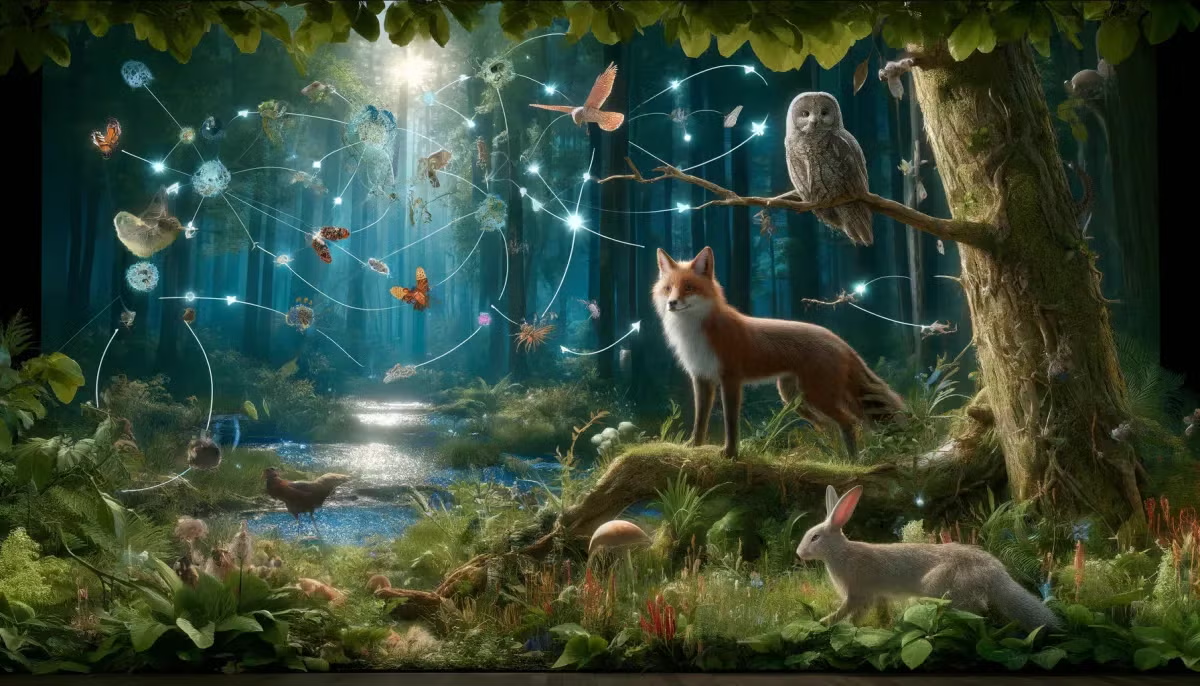
Grades:
1st Grade
This lesson focuses on animal habitats, as well as nonstandard unit measuring and data tables! The students will research an animal of their choice and identify what it needs in its habitat, as well

Grades:
1st Grade
Students will be exploring natural resources and 10's and 1's through this hands-on engineering project! The students will create a shelter for an animal out of natural resources they have collected

Featured
Sphero Rocket Payload Mission
Grades:
9th Grade, 10th Grade, 11th Grade, 12th Grade
This lesson uses Sphero's "Rocket Payload" activity with the Outer Space Mat. The full lesson includes information on rocket payload, a Sphero coding challenge, a NASA link to read, optional questions

Grades:
3rd Grade, 4th Grade
Encouraging students, from a young age, to think about their interests, dreams and goals lets them see possibilities for the future. As students listen to their thoughts and put those thoughts into
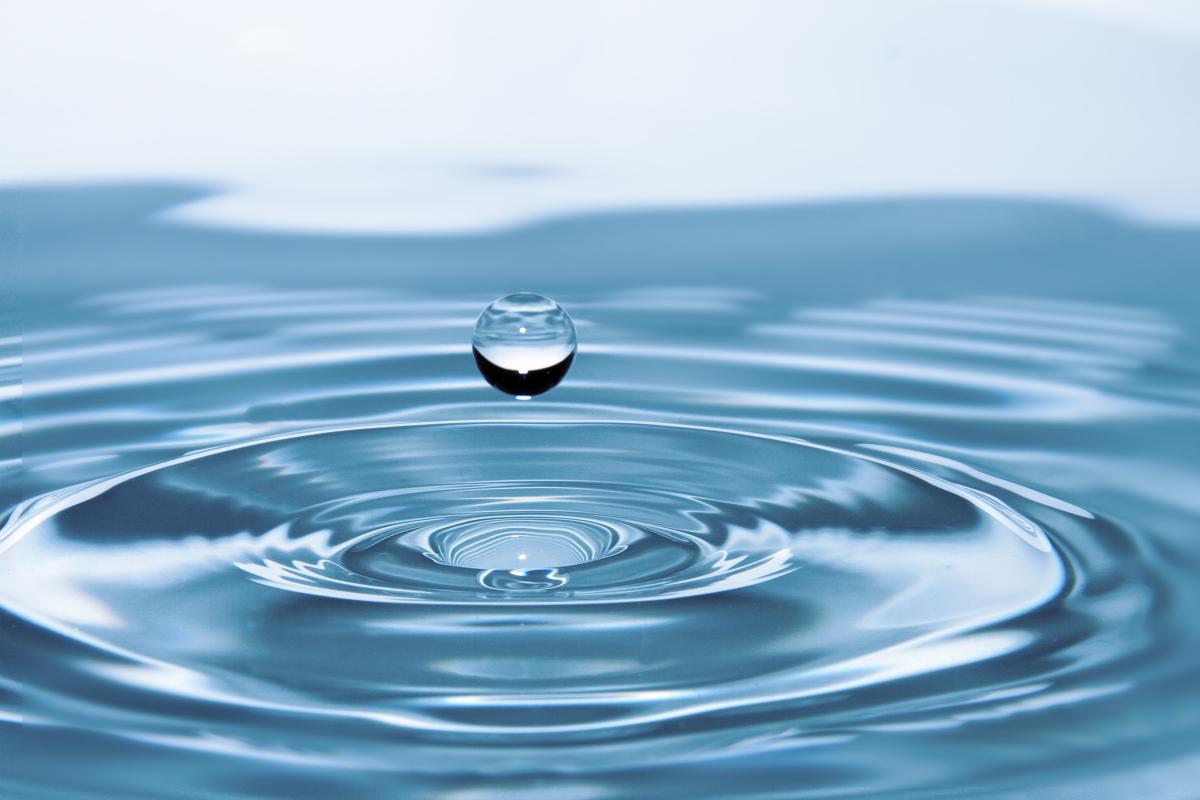
Grades:
3rd Grade, 4th Grade, 5th Grade
In the second lesson in the Thirst set, students will learn about Dharavi, a slum within the city of Mumbai. Economical water scarcity drives the lives of those who reside in Dharavi. Students will

Grades:
3rd Grade, 4th Grade
In this unit, students will identify what a shelter is and why we need it. Students will identify the different types of shelters and materials needed depending on climate and their surroundings
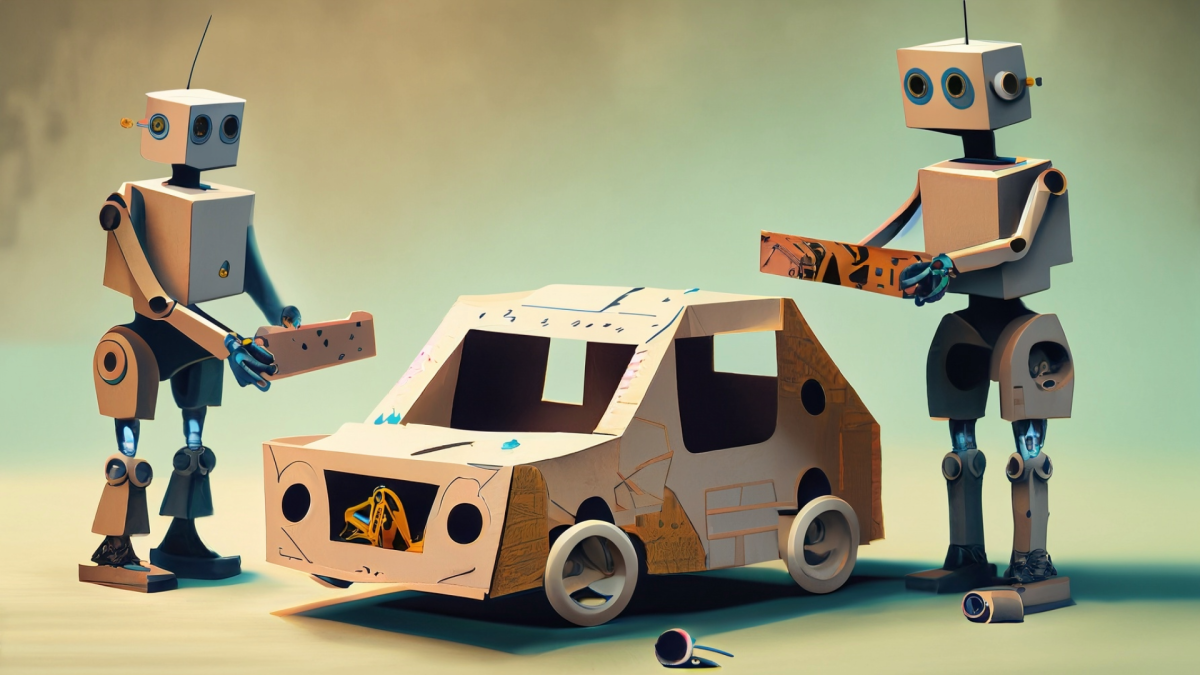
Grades:
1st Grade, 2nd Grade, 3rd Grade
In this lesson, students design, build and test model candy cars made from simple materials. They measure the changes in distance and travel by the addition of revision of design features. Students
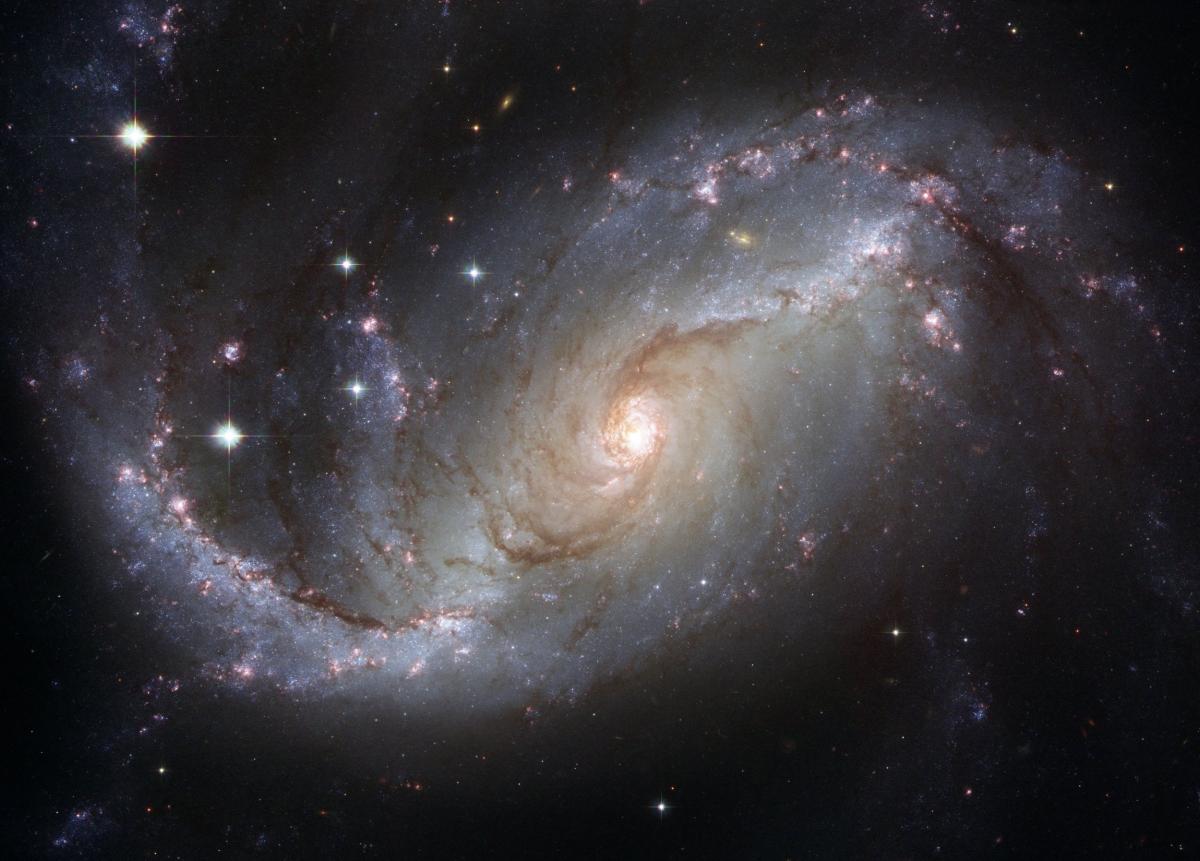
Grades:
3rd Grade, 4th Grade
Students will create a solar system scroll using fractions so that they are able to represent fractions on a number line using a real-life application, while also learning about the scale of the solar

Grades:
2nd Grade
Students will observe and explain the sun’s position at different times over part of a twenty-four-hour period by creating a sundial. They will measure the shadow cast with a ruler using different

Grades:
7th Grade, 8th Grade
This lesson has students examining isochron maps of the Earth's seafloor and looking for patterns to support evidence of continental drift. A prerequisite include a previous lesson of continental

Grades:
6th Grade
Students are to design and build a truss-style bridge out of balsa wood before testing its strength.

Grades:
5th Grade
In this lesson, students will need to obtain, evaluate and communicate the effects of gravity on objects. Students will watch an engagement video demonstrating how many objects fall to the ground

Grades:
7th Grade
The purpose of this project is to provide students with a hands-on learning experience that combines the study of human body systems with engineering principles. By investigating the interaction

Grades:
5th Grade
Students will be able to identify the planets in our solar system, describe the difference between rotation and revolution, and engineer a three dimensional model of our solar system.
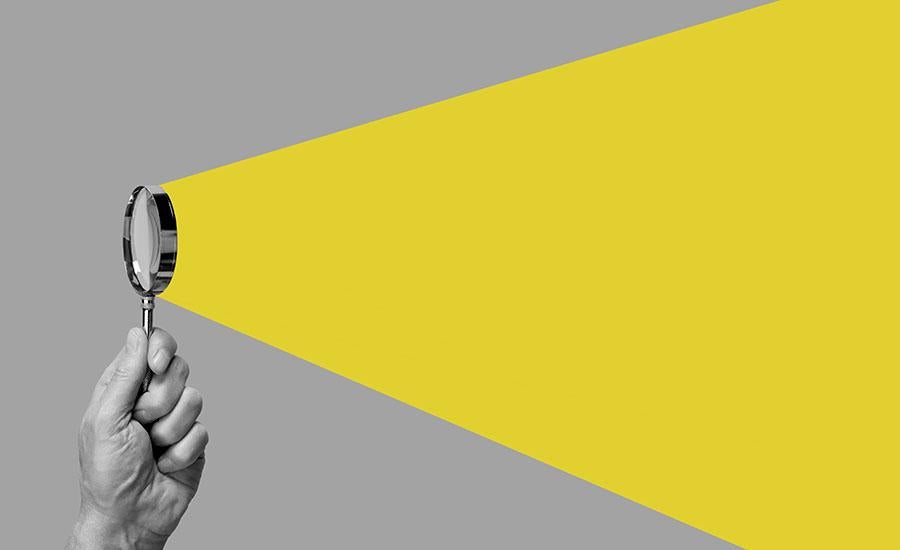
Grades:
3rd Grade
In this lesson, students will learn about the basic principles of light reflection and how periscopes work. They will then apply this knowledge by designing and constructing their own simple

Grades:
8th Grade
Students will review heredity and genetics using this lesson plan. Students will have an opportunity to explore generations, genetic variations, pedigrees and fitness using this lesson plan and PhET

Grades:
5th Grade, 6th Grade
This is the second part of a two-part lesson. This lesson has students using a stethoscope to measure heart rate to collect data for equivalent ratios.

Grades:
5th Grade, 6th Grade
This is a lesson that has two parts. The first is a lesson is using the design process to create a simple stethoscope using various materials and defining which would give the best results. Part two

Grades:
6th Grade
Students will research, construct, and present replicas of ancient civilization monuments. They will explore the historical and cultural significance of these monuments and integrate knowledge from
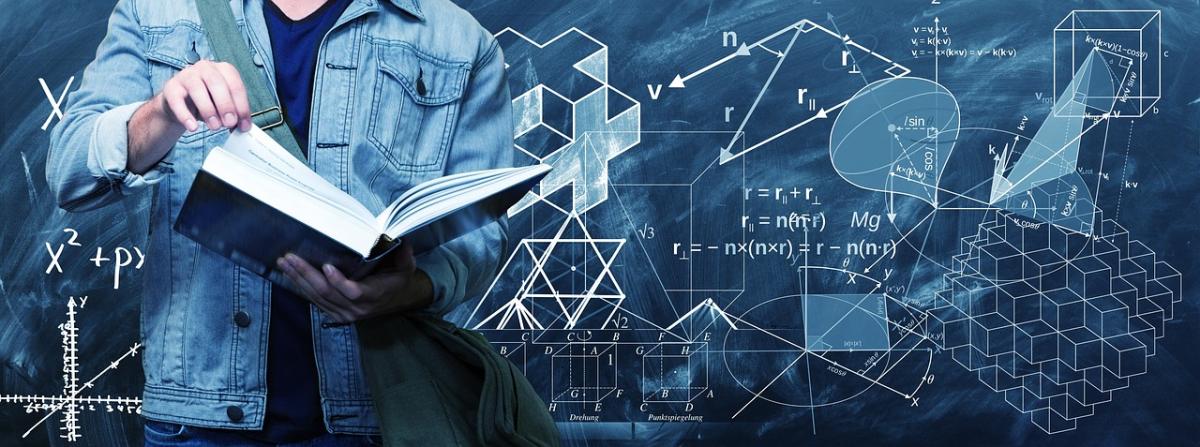
Grades:
5th Grade
This lesson is primarily based off of Paul Anderson’s, “The Wonder of Science” website. The lessons can either be prepared with actual objects with you the teacher instructing or showing the video

Grades:
5th Grade
In this lesson, students will understand how Katherine Johnson’s courage and actions impacted flight to space and changed the world, including racial segregation. Through a hands-on learning
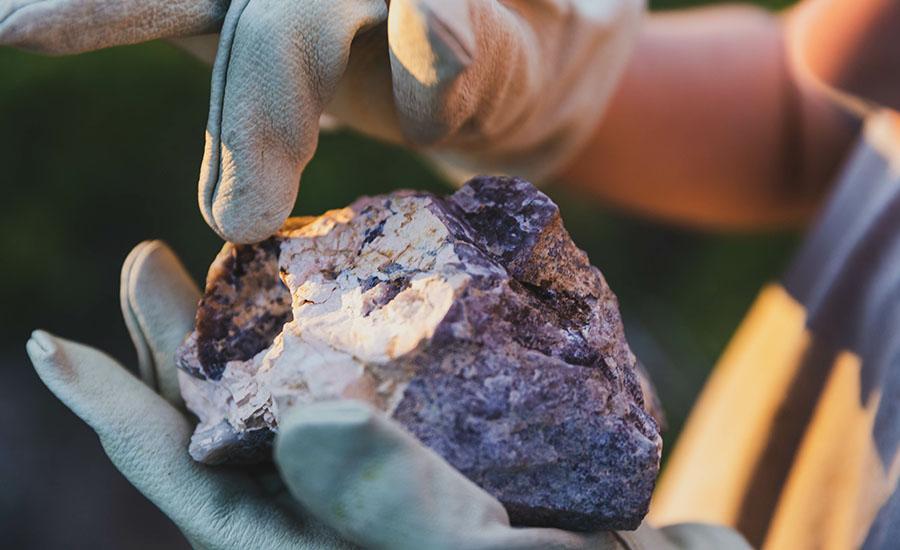
Grades:
3rd Grade, 4th Grade, 5th Grade, 6th Grade, 7th Grade, 8th Grade, 9th Grade
An overall view of mining, minerals, and their role in our everyday life. This lesson compares the past, present and future of mining and it's relativity to sustaining our way of life.

Grades:
5th Grade, 6th Grade
This is a lesson plan made to target the fifith grade standard on how noncontact forces impact one another. It can be adapted to grades 5-12. Students will explore magnetism and polarization, research

Grades:
6th Grade, 7th Grade, 8th Grade
Middle school students love to compete. Here's a lesson idea for a competition that will appeal to your student scientists, artists, and poets alike. Standards and connections are offered for middle


